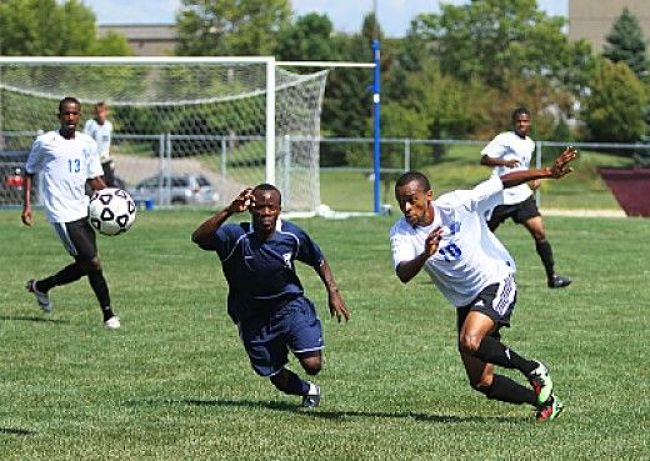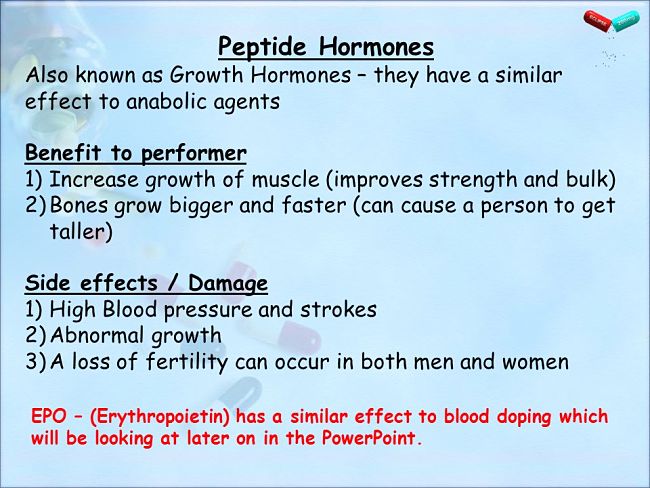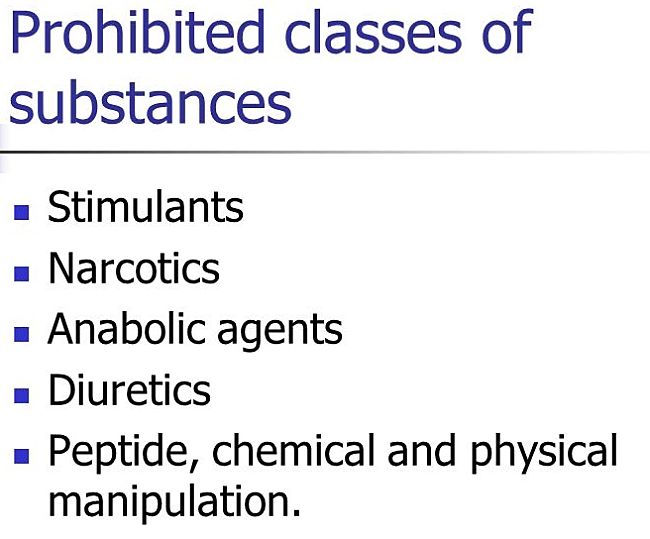Peptide Doping – The Sneaky Way to Enhance Sporting Performance
Elite athletes have been resorting to a "new generation" of substances to get the winning edge over their opponents that are simple, powerful, hard to detect, and naturally occurring. This includes peptides. Some of these substances have been banned (see table below) for use by the World Doping Agency (e.g. erythropoietin). Others have not been approved for human use, despite being widely available in various supplements for weight control and body-building. New peptides are being developed all the time and this compounds the problem.
A peptide is simply a short chain of amino acids, that are the building blocks for proteins. Peptides occur naturally in the human body and in foods.
Despite their simplicity, they are very powerful as they act to stimulate the release of hormones, though they are not themselves active as hormones.
Peptides can be produced naturally via the digestion of proteins by various natural processes. For example, peptides occur in yogurt via the fermentation of the protein in milk.
These substances are rapidly metabolised in the body and so disappear rapidly after stimulating various processes.
There are a huge range of naturally occurring peptides in the human body, which are just short chains of amino acids, the building blocks of proteins.
Amino acids, which are the break-down products, are widely used in vitamin pills and supplements, particularly by athletes, pregnant women, dieters and the general public for general health purposes.
The examples below show how simple these peptide substances are.
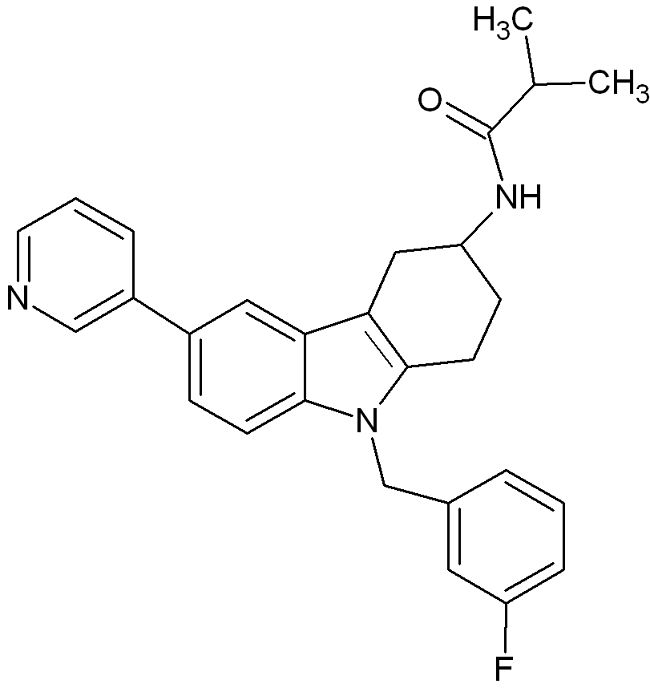
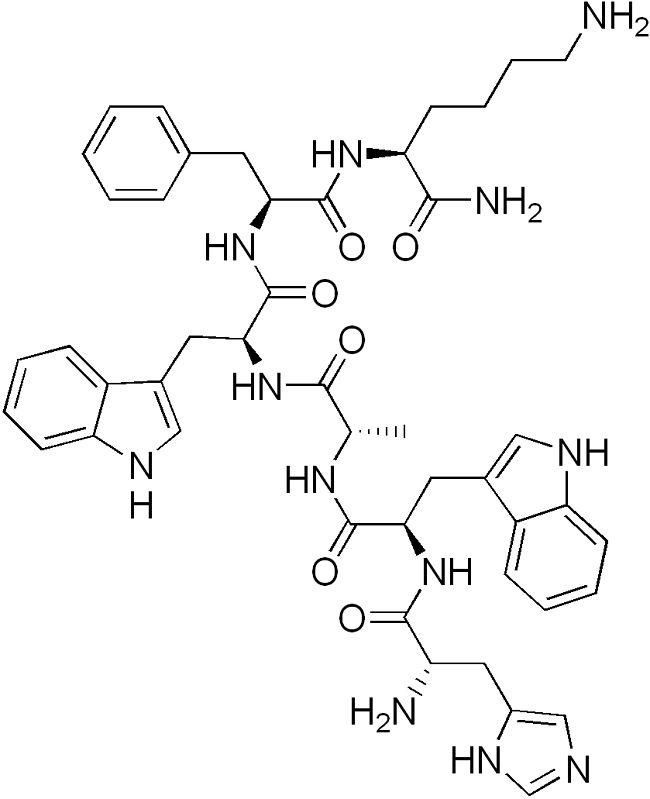
Some peptides used in supplements or in various treatments are legal. They are widely used in body-building and weight loss supplements, but some of their ingredients are banned by WACA for sports. Legal peptides also are known to help the body recover from strenuous activity or from minor injuries and muscle strain. Peptides are also popular for many so-called rejuvenation treatments and for helping people recover from injuries. There is a major new industry based on developing and marketing these substances. Many peptides are used in combination with various anabolic steroids to maintain and build extra muscle mass. Athletes therefore need to be very careful as banned and doubtful peptides may be ingredients in many widely available general supplements. Similarly peptides are widely used for treating injuries. Eventually the doping testing agencies will catch up, and be able to detect and issue bans for these substances. In the mean time it is a very lucrative business for the developers and manufacturers of peptides for supplements, treating injuries and rejuvenation treatments.
Examples of Peptides under Investigation or Banned by World Anti-Doping Agency (WADA)
Hexapeptide (GHRP-6)
Controversy surrounds the use of the growth hormone releasing hexapeptide (GHRP-6) by athletes in various football codes in Australia and other countries. These synthetic peptides are potent stimulators of Growth Hormone release, but are not hormones themselves. They stimulate the anterior pituitary gland to increase the amount of growth hormone released into the body. Growth hormones themselves are banned substances. This peptide is potentially also banned, but it is very shorted lived in the body and so hard to detect. The claimed benefits of the stimulation of growth hormone release by hexapeptide (GHRP-6) are: increased strength, more muscle mass and loss of body fat, general rejuvenation benefits and help to strengthen joints and bones. Various research studies have shown it also assists with repairs of muscle and other tissues during recovery from strenuous activities and injuries. This peptide is very powerful, but have no performance boosting properties itself.
Selective Androgen Receptor Modulator (SARM)
In the cells in the body the hormone testosterone, binds to a receptor in the cell called “ androgen” that carries it to the cell's nucleus. The peptide SARM stimulates the androgen receptors in the cell, boosting the uptake of testosterone. The effect is like taking extra testosterone, but in this case the boost is achieved via stimulating the androgen to achieve the same thing. The claimed benefits of SARM are similar to those of banned anabolic steroids and testosterone. These benefits include increases in bone density, boosts to strength and muscle mass. There are few reported side-effects and SARM is a natural peptide.
Insulin-like Growth Factors
Another type of peptide that is banned is referred to as Insulin-like growth factors (for example IFG-1). Similar factors occur naturally in the body and are part of a group of hormones required for cell growth. They are produced naturally in the liver and closely resemble insulin. Tests in animals have shown that IFG-1 promotes the growth of new cells and muscle repair. It also helps to quickly repair injured tendons. It also promotes rapid boosts to strength and muscle mass. While there are no definitive studies for humans it is believed to be beneficial for building muscles, loss of fat and as a general aid to recovery from injuries and boost endurance. This peptide is also on the (WADA) prohibited list.
Mechano growth factor
This group of peptides, which are generally injected in the form of liquids, are quite similar to the IFG-1 peptide. It occurs naturally in the body and is released in response to exercise, strain, muscle stretching (particularly weight training) and to many types of training. It stimulates the naturally occurring stem cells to become incorporated into muscle tissues for repair. It also helps to support increases in muscle strength and bulk stimulated by weight training and exercise.
Mechano growth factor is listed on the WADA's prohibited list (see below), and it is illegal to have the hormone in your possession without a prescription.
Untested Substances
There are a wide variety of other substances that have not been certified for human use, but are available in various forms for veterinary use and have been added to various supplements. New peptides are being developed all the time. These substances are not yet prohibited by WADA but have shown up in various investigations throughout the world.
The substances include:
- Actovegin: A filtered extract from calf blood which may boost stamina and physical performance in athletes and team sports by improving oxygen uptake and glucose metabolism.
- AOD-9604: This is a weight control drug that is said to mimics the effects of exercise and affects the rate of fat metabolism.
- Cerebrolysin: a peptide extract from pig brains which is used to treat stroke victims Alzheimer's and stroke victims..
- TA-65: A drug that is claimed to target telomeres, substances that protect the distal ends of chromosomes when the DNA is being replicated possibly slowing ageing processes in cells.
|
Peptide and Related Substances listed by World Anti-Doping Agency (WADA)
|
|---|
|
Various Anabolic Steroids (long list)
|
|
Other Anabolic Agents
|
|
Clenbuterol
|
|
selective androgen receptor modulators (SARMs)
|
|
tibolone
|
|
zeranol
|
|
zilpaterol
|
|
Peptide Hormones, Growth Factors and Related Substances
|
|
Erythropoiesis-Stimulating Agents [e.g. erythropoietin (EPO), darbepoetin (dEPO)]
|
|
hypoxia-inducible factor (HIF) stabilizers,
|
|
methoxy polyethylene glycol-epoetin beta (CERA),
|
|
peginesatide (Hematide)];
|
|
Chorionic Gonadotrophin (CG) and Luteinizing Hormone (LH) in males;
|
|
Corticotrophins;
|
|
Growth Hormone (GH),
|
|
Insulin-like Growth Factor-1 (IGF-1),
|
|
Fibroblast Growth Factors (FGFs),
|
|
Hepatocyte Growth Factor (HGF),
|
|
Mechano Growth Factors (MGFs),
|
|
Platelet-Derived Growth Factor (PDGF),
|
|
Vascular-Endothelial Growth Factor (VEGF)
|
|
Any other growth factor affecting muscle, tendon or ligament protein synthesis/degradation, vascularisation, energy utilization, regenerative capacity or fibre type switching;
|

